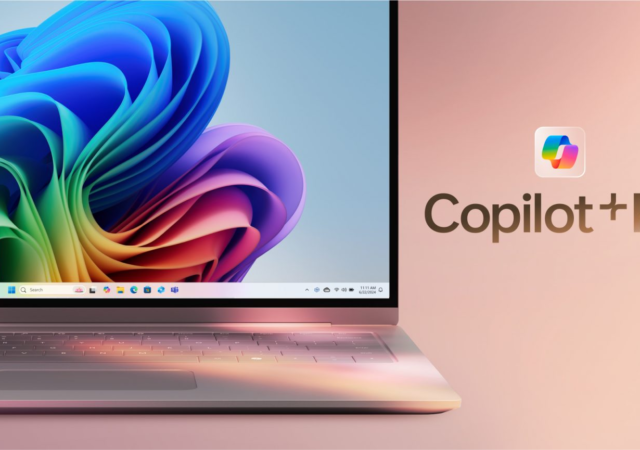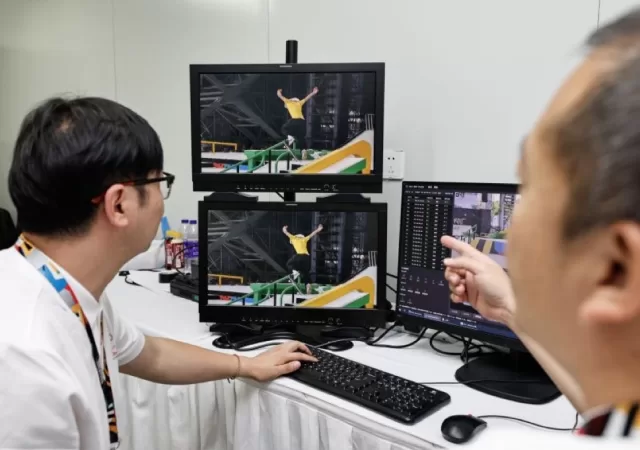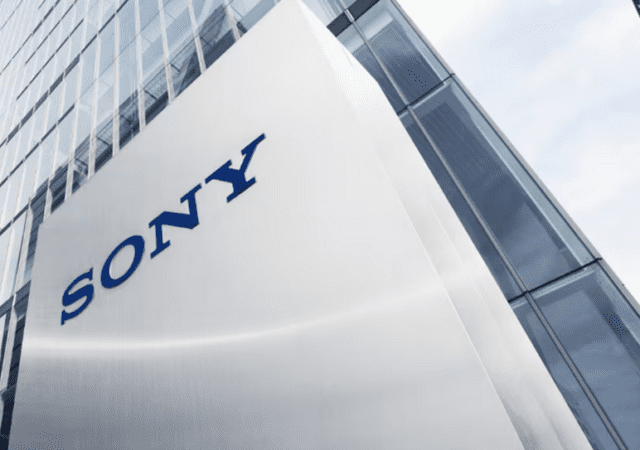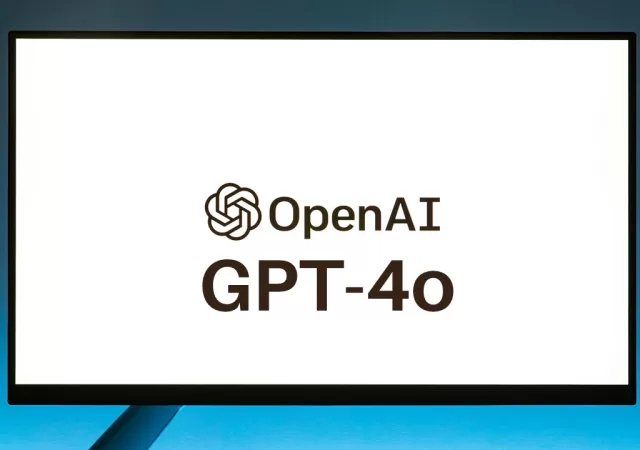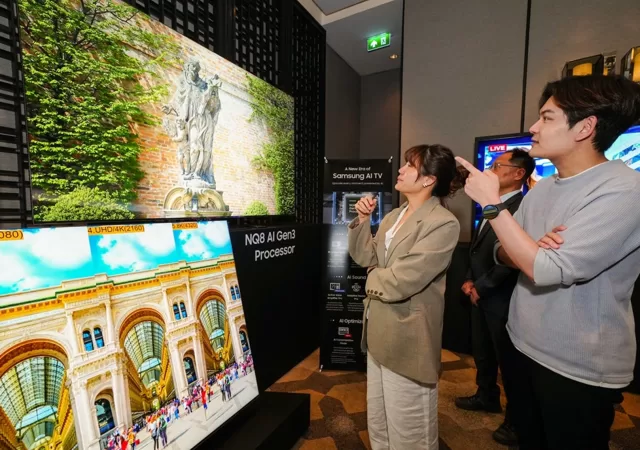Lenovo announces LISSA an AI model to help companies achieve their sustainability goals with systematic insights and actionable data.
Microsoft Introduces Copilot+ PCs Signaling a Significant Change in Personal Computing for Windows PCs
Microsoft is changing the playbook when it comes to AI PCs with its new Copilot+ PCs. These PCs are built from the ground up to leverage new architecture and AI.
Acer’s First Copilot+ PC is the Acer the Swift 14 AI
Acer supercharges its Swift line up with the Snapdragon X powered Swift 14 AI Copilot+ PC.
Alibaba Cloud Brings AI to the Olympic Viewing Experience
Alibaba Cloud is empowering a whole new viewing experience with AI imbued technology at the Paris Olympics 2024.
Sony Music Issues Stern Warning Against Use of Its Artists’ Content for Training AI
Sony Music Entertain warns over 700 tech and streaming companies about using its artists’ content for training AI models.
ASUS Teases Next-Level AI PCs To Be Revealed on May 21, 2024
ASUS teases an event announcing more AI PCs for 2024 happening on May 21, 2024 (Malaysian Time). Here’s what we think is coming!
OpenAI Unveils GPT-4o: A Sassier, More Robust Version of GPT-4
Open AI announces GPT-4 omni (GPT-4o), a more advanced model of GPT-4 capable of more than just text generation.
AI and Environmental Sustainability – A Symbiotic Relationship
Explore the game-changing potential of AI and its impact on industries and economies. Discover how data processing and data centre performance are crucial for leveraging this transformative technology.
Lenovo & Austral Techsmith Join Forces to Revolutionize Smart Cities in Malaysia
Lenovo and Austral Techsmith join forces to bring next-generation video analytics to Malaysian cities through their strategic partnership and innovative 5G smart poles.
Samsung Ups the Ante on TVs with AI Tech at 2024 Southeast Asia Tech Seminar
Samsung shows off the latest smart TV innovations at the Southeast Asia Tech Seminar with new processors and a focus on AI.




